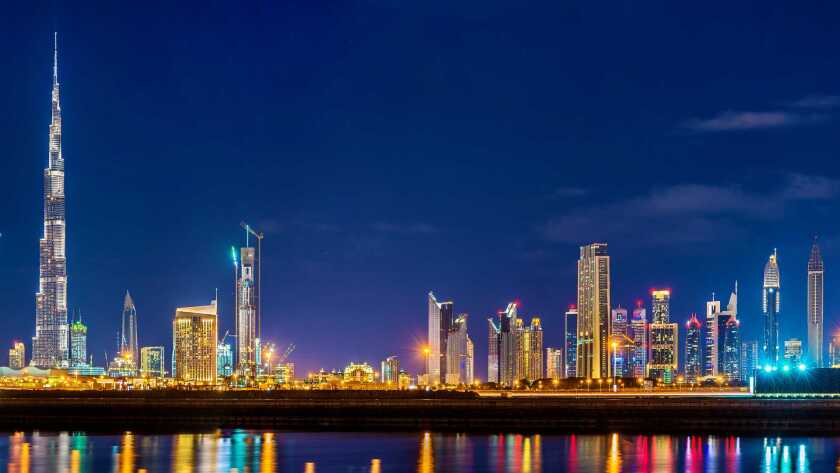In the last few years, we have seen an increasing number of exchange points such as LINX’s strategic partnership with STC to create the JEDIX in 2018 and most recently in Qatar, which launched its first IXP in January and is planning three more this year. In the most recent survey of LINX members, JEDIX was the IXP with the highest level of interest outside of London. This growth will mean traffic can become more localised, resulting in reduced packet loss, increased network resilience and, crucially for a strong digital economy, lower latency. To borrow Cole Crawford’s recent analogy: the Middle East is a party which is heating up.
While it seems we are unlikely to reach the density of IXPs found in Europe, which has over 130, the increasing density of exchanges is key to creating a healthy peering ecosystem. Andreas Polyrakis defined a healthy ecosystem as one with competition and neutrality, which results in lower pricing. Also, key to the health of a peering ecosystem are local members and a strong environment of neutral competing local data centres. Surprisingly, in our increasingly online world Andreas highlighted the importance of members meeting in person, something LINX does three times per year.
Historically, the Middle East has been severely underserved, so the current growth is not unexpected. This growth is coming just in time, with traffic being increasingly driven by high definition video and other content being consumed by an audience with growing demands for lower latency times and higher quality. Lower latency is especially important for online gaming, a rapidly growing source of traffic, where latency is a matter of virtual life and death. As highlighted by Kurtis, increasing investment in the region’s digital infrastructure from carriers and content providers alike, along with ever more data centre capacity coming online, means the Middle East is a vibrant scene. The requirements to grow an ecosystem; data centre capacity, eyeballs, access and high internet penetration are all in place in the Middle East, which helps explain the increasing demand for peering opportunities.
While it is impossible to clearly attribute lower capacity prices to an increase in IXPs alone, some links can be drawn. Historically, the development of IXPs in Europe in the 90s helped to drive pricing down, though this coincided with the deregulation of the telco market so we cannot say for sure the extent of their influence. However, Andreas highlighted there is potential for an IXP to act as a catalyst for an increased competition which can help to lower prices. All of this means the increased number of IXPs in the region may herald significant changes in connectivity, with improvements for all.
Key trends for peering in 2020:
Andreas: Edge computing will be a key driver of peering demand. As cloud providers and CDNs expand their networks in order to be closer to end-users, IXPs are the best place for them to connect. When they peer with a small or medium IXP, traffic can grow two or even three-fold.
Kurtis: We are seeing an increasing trend of enterprises directly interconnecting with IXPs, both globally and in the Middle East. This change in enterprise connectivity makes a shift from what Kurtis called the “ship in the night” approach of purchasing their connectivity from a single provider and leaving their connectivity with them. By peering directly with an exchange, enterprises gain greater control over their connectivity and are no longer dependent of a single provider increasing their resiliency.









